Significance
Shoushanyan Guanyin Temple is a municipal historic site in Taoyuan City. Famous for its decoration, it boasts a variety of woodcarvings, stone sculptures, colorful paintings, and pottery figures. The woodcarvings include birds, flowers, animals, propitious objects, and people in mostly symmetrical arrangements. Most of the artworks are additions from the 1915 renovation done under the supervision of carpentry master Tan Ing-pin (1864 – 1944), a master of Zhangzhou-style carpentry. Showpieces among the stone sculptures and woodcarvings include exquisitely crafted traditional Chinese auspicious animals (ruìshòu) and the mythical creatures known as chi dragons (chīhǔ). On top of the columns are beautiful golden cap-and-block brackets (dòugǒng), a quintessential Chinese architectural device that uses the principle of the lever to provide extra support for the roof. On top of the roof can be seen fine examples of jiǎnnián, a mosaic-like cut-and-paste porcelain, and Koji ceramics created by renowned craftsman Chen Tianqi (1906 – 1991) during the temple’s 1963 refurbishment. These are also must-see masterpieces of the temple.
History
Shoushanyan Guanyin Temple is commonly referred to as Lingding (hilltop) Guanyin Temple. The temple had its beginnings in 1742 when Shunji, a Buddhist Master from Jiaying, Guangdong Province, brought a Guanyin statue from Chaoyin Temple in Putuo Mountain Island, Zhejiang Province to Taiwan. According to legend, Master Shunji was taking a nap under a banyan tree in Lingding Village when he dreamt of Guanyin instructing him to build a temple there. He immediately set up a makeshift shrine and kept the statue right at that spot. The statue remained thus until 1763, when believers constructed a sanctuary of thatch and enshrined the statue inside. In 1793, Ha Dang-A, a naval admiral from Fujian Province who was assigned to Taiwan, passed by the shrine while searching for brigands who had been disturbing the peace in the area. He prayed to Guanyin for help and promised to build a proper temple if he was successful in eliminating the marauders. His prayer was answered and accordingly, he invited local gentry to prepare and construct Shoushanyan Guanyin Temple. In 1915, master Tan Ing-pin, a Zhangzhou-style carpentry master, was commissioned to oversee temple renovations. Most of the splendid decorative artworks that can be seen in the temple today are the outcome of his work. Today, more than two hundred years after it was founded, the temple is a major religious center for the citizens of both New Taipei City and Taoyuan City.
Special Features
1Layouts of the Front and Main Halls Shoushanyan Guanyin Temple is a U-shaped courtyard building with two jin (an ancient Chinese architectural unit denoting the number of doors one must go through to reach the main sanctuary) and two wings. The front and main halls both have three kaijian (an ancient Chinese architectural unit denoting the openings between the pillars in front of the temple), built during the overhaul in 1915. The dragon columns at the front of the building are carved from Guanyin stone (andesite). The columns are particularly unusual because the dragons zigzagging up each column are not visible from the outside, but are found instead on the inner side facing the temple. The main hall is generally used for holding religious rituals. Its beams and pillars of intentionally increasing size along with its simple but finely crafted decorations create a solemn, dignified atmosphere. The columns supporting the eaves in front of the main entrance are decorated with stone carvings of dragons, people, and animals. The figures of people are mostly carved in mid-relief and the birds and flowers in bas-relief. The most vivid designs are the fully sculpted (freestanding) figures of beasts and dragons.
Shoushanyan Guanyin Temple is a U-shaped courtyard building with two jin (an ancient Chinese architectural unit denoting the number of doors one must go through to reach the main sanctuary) and two wings. The front and main halls both have three kaijian (an ancient Chinese architectural unit denoting the openings between the pillars in front of the temple), built during the overhaul in 1915. The dragon columns at the front of the building are carved from Guanyin stone (andesite). The columns are particularly unusual because the dragons zigzagging up each column are not visible from the outside, but are found instead on the inner side facing the temple. The main hall is generally used for holding religious rituals. Its beams and pillars of intentionally increasing size along with its simple but finely crafted decorations create a solemn, dignified atmosphere. The columns supporting the eaves in front of the main entrance are decorated with stone carvings of dragons, people, and animals. The figures of people are mostly carved in mid-relief and the birds and flowers in bas-relief. The most vivid designs are the fully sculpted (freestanding) figures of beasts and dragons.
2The Inscription Board In the main hall is an inscription board handmade by Ha Dang-A, a naval admiral of Fujian Province and commander of Taiwan. The four characters on the board read Ci Hang Guang Ji, meaning “sail across the sea of life to help the needy.” A devout Buddhist, Ha Dang-A arranged for the temple to be constructed during the period when he was serving as commander in Taiwan and officially named it Shoushanyan. The inscription board is an attestation to the founding and history of the temple.
In the main hall is an inscription board handmade by Ha Dang-A, a naval admiral of Fujian Province and commander of Taiwan. The four characters on the board read Ci Hang Guang Ji, meaning “sail across the sea of life to help the needy.” A devout Buddhist, Ha Dang-A arranged for the temple to be constructed during the period when he was serving as commander in Taiwan and officially named it Shoushanyan. The inscription board is an attestation to the founding and history of the temple.
3The Sacred Turtle and Crane Sculptures—Unique Treasures of the Temple Inside the gardens of Shoushanyan Temple are two very special sculptures—the Shen Yuan (a turtle with the head of a dragon) and Xian He (the Sacred Crane). The turtle symbolizes longevity and good luck, and was taken as a sign of good fortune in ancient China.
Inside the gardens of Shoushanyan Temple are two very special sculptures—the Shen Yuan (a turtle with the head of a dragon) and Xian He (the Sacred Crane). The turtle symbolizes longevity and good luck, and was taken as a sign of good fortune in ancient China.
4The Lotus Pond Garden The lotus pond in front of Shoushanyan is a beautiful site. Equipped with small bridges, rockeries and cascades, the pond is a perfect example of the traditional southern Chinese garden. Guided by gentle breezes, koi carp move gracefully in the water and the willows gently sway; it is a very relaxing place to be.
The lotus pond in front of Shoushanyan is a beautiful site. Equipped with small bridges, rockeries and cascades, the pond is a perfect example of the traditional southern Chinese garden. Guided by gentle breezes, koi carp move gracefully in the water and the willows gently sway; it is a very relaxing place to be.
Reminders
Visitors to Shoushanyan Guanyin Temple can enjoy watching schools of fish in the fountain and the Guanyin Pond, take a stroll on its shaded walkways, or use the family-friendly recreation facilities behind the temple. Each year, several large celebrations are held–on the fourteenth day of the first lunar month, when believers visit the temple to seek “peace turtles” (rice cakes in the shape of turtles), on the birthday of Guanyin on the nineteenth day of the second lunar month, and again on the nineteenth day of the sixth lunar month for the ceremony celebrating the deification of Guanyin.
Panoramic
Directions